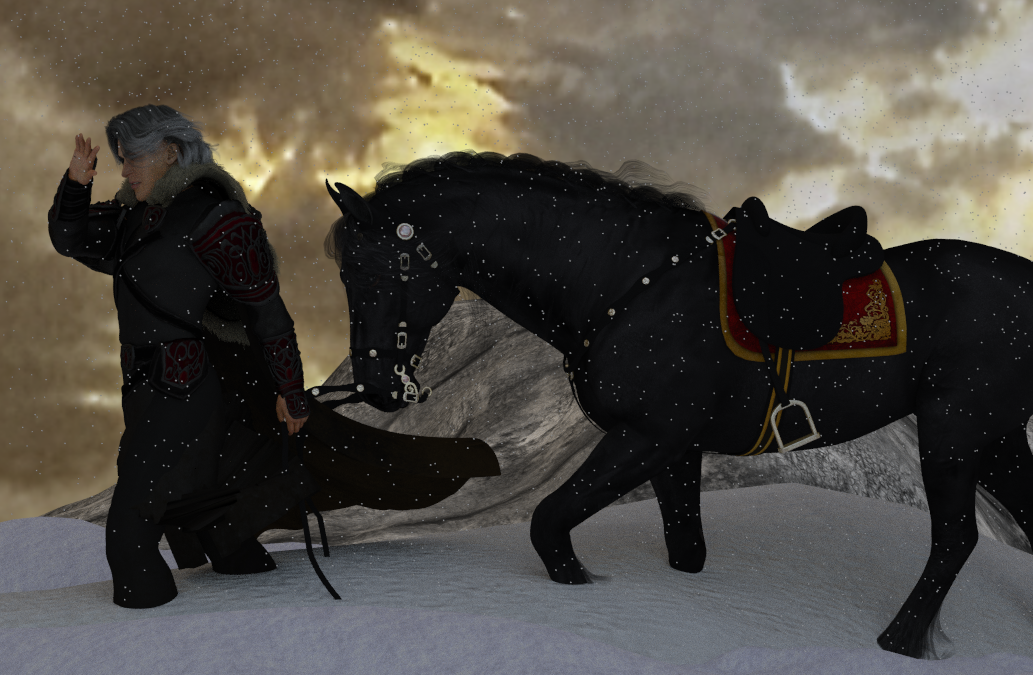To me an Artist is someone who Creates (doesn't mean you have to be a good artist  ) I know people have different views on this. I haven't done any tradition art in approx 4 years (since I got sick and couldn't hold a paint brush or charcoal) and I missed creating so that's what got me into this 3D thing.
) I know people have different views on this. I haven't done any tradition art in approx 4 years (since I got sick and couldn't hold a paint brush or charcoal) and I missed creating so that's what got me into this 3D thing.
My current job is "creating" artwork for real estate (signs, brochures etc) and is sooo not creative as most are belong to big groups with corporate styles to follow so is basically inserting new pix and text in a template. So 3D has been my creative outlet and I do consider it Art as I've seen some amazing pieces out there (and some not so good).
Like everything, once you learn the technology you can start on the creative process and I'm sure your muse will start talking to you again
I can relate to that Goya quote, I go through dark periods and my art can reflect that sometimes, its like someone else has done them, my style (or lack there of) is very eclectic that way
My current job is "creating" artwork for real estate (signs, brochures etc) and is sooo not creative as most are belong to big groups with corporate styles to follow so is basically inserting new pix and text in a template. So 3D has been my creative outlet and I do consider it Art as I've seen some amazing pieces out there (and some not so good).
Like everything, once you learn the technology you can start on the creative process and I'm sure your muse will start talking to you again
I can relate to that Goya quote, I go through dark periods and my art can reflect that sometimes, its like someone else has done them, my style (or lack there of) is very eclectic that way


